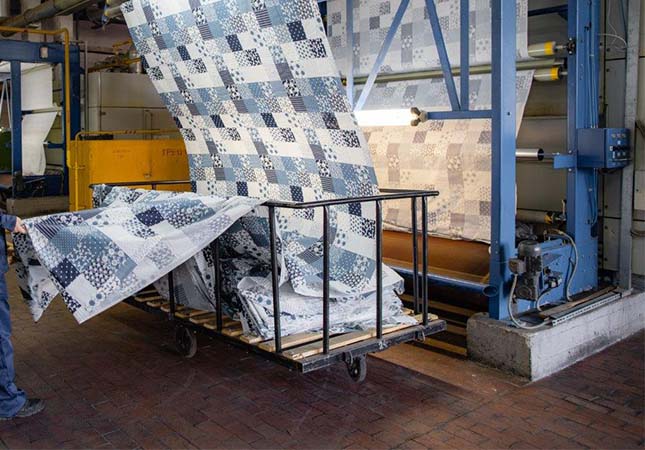Global textile fiber demand has been increasing at an annual rate of 3% over the past 20 years. In the year 2000, the global fiber consumption was 53.1 million tons (including 63 million tons of polypropylene), and in 2001, it reached 53.4 million tons.
In the year 2000, the world population was 6 billion, and the per capita fiber consumption was 8.7 kilograms. North America's per capita consumption was 36.1 kilograms per year, Africa's was 3.2 kilograms, and China's was 6.6 kilograms. It is foreseeable that the world fiber consumption will continue to grow at a rate of 3% annually, which means an additional 2 million tons per year will be needed, equivalent to building 15 to 20 new world-scale factories. It is predicted that by the year 2005, fiber consumption in developing countries will surpass that of developed countries by 10%.

The composition of the world's main textile fiber consumption is as follows: In the year 2000, chemical fibers accounted for 31.9 million tons, representing 60% of the total fiber consumption; within chemical fibers, polyester accounted for 19.1 million tons, representing 35.9% of the total amount. In the same year, cotton consumption was 19.8 million tons, accounting for 37.3% of the total fiber consumption, and wool consumption was 1.4 million tons, accounting for 2.6% of the total.
Forecast: In the next 10 years, the annual growth rate for world textile fibers will be 4.4%, with polyester's average annual growth rate reaching 6%. From 2000's 19.1 million tons, it is projected to grow to 34.1 million tons by 2010, further increasing the proportion of chemical fibers in the textile fiber market.
In the ten years following 1997, the share of global trade in industrial textiles and fibers within the entire fiber industry is projected to rise from one-third in 1997 to over 50% in 2998. This rapid increase in market demand will drive countries' enterprises to intensify their efforts in the development of industrial textiles and fibers and participate in fierce market competition.
Industrial fibers will become an important raw material for the manufacturing industry. Currently, industrial fibers are widely used as substitutes for metals, plastics, paper, and asbestos. With the development trend of lightweight, high-performance, diversified, and aesthetically pleasing industrial materials, the applications of industrial fibers are becoming increasingly extensive, and the market demand is continuously expanding. In countries such as the United States, Japan, and the European Union, the share of industrial fibers in their overall fiber production has reached two-thirds in some cases. China's industrial fiber consumption and market trade are expected to grow at a rate of over 10% annually in the next ten years.
The global textile industry structure and regional distribution will further adjust, with the gap between market demand and local production continuing to widen in North America, Western Europe, Japan, Africa, the Middle East, and Australia. Taking North America as an example, the market demand for fibers is expected to increase at a rate of 2.1% per year, while fiber processing by factories will decrease at a rate of 0.2% per year, expanding the market space. One characteristic is that labor-intensive enterprises with relatively high costs will further shift to developing countries, while developed countries will vigorously develop high-tech textile products and compete for market share through high technology, high added value, and business monopolies.
SUNTECH Textile Machinery offers a comprehensive range of products that cater to various fabric types. Our product lineup includes, but is not limited to, pinking machine, loom machine, weaving machine, beam truck, fabric cutting machine, motorized beam trolley, beam storage, and fabric inspection machine. With our innovative approach and extensive experience, SUNTECH Textile Machinery remains at the forefront of the textile industry. We warmly welcome requests for quotes and cooperation opportunities from you!




